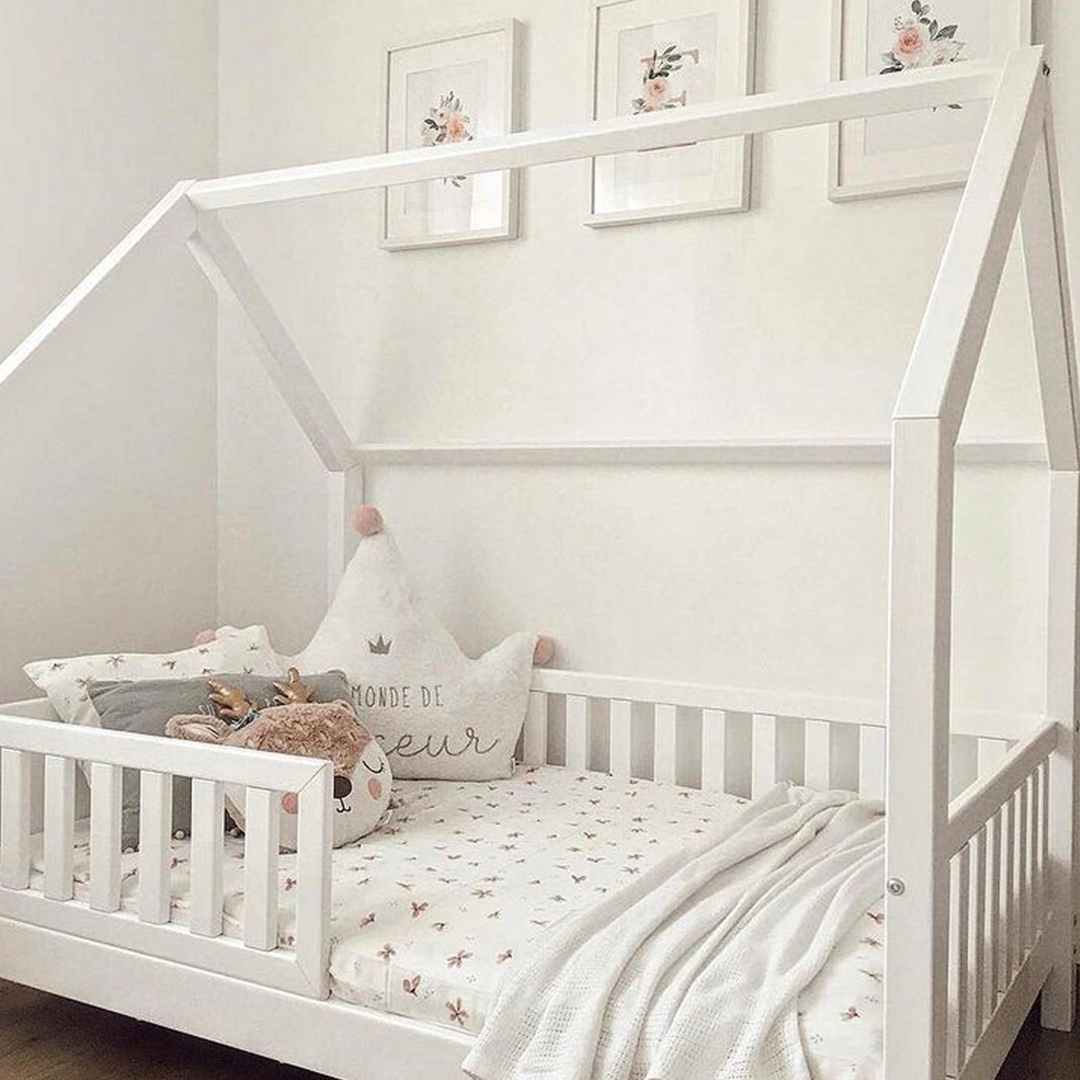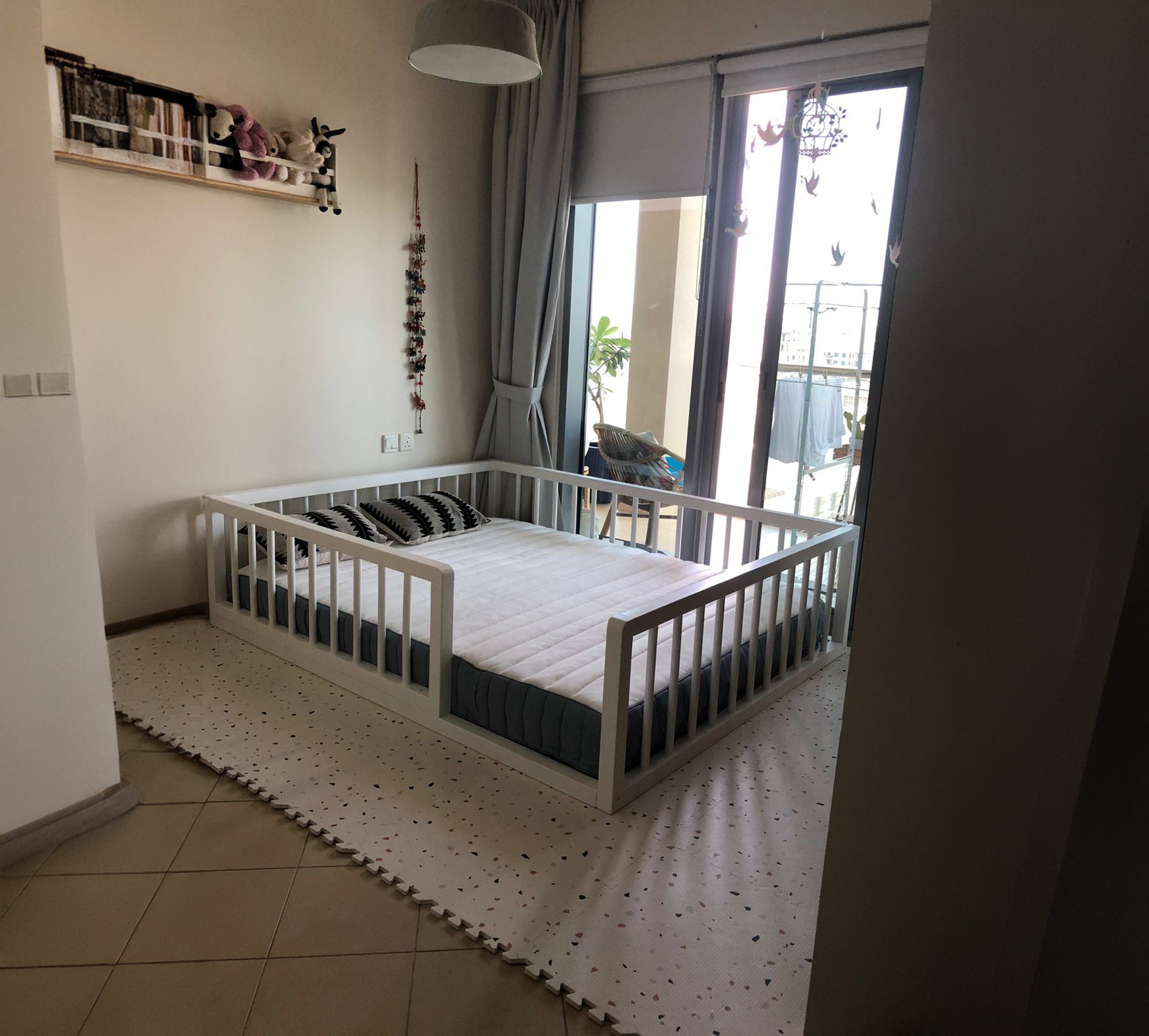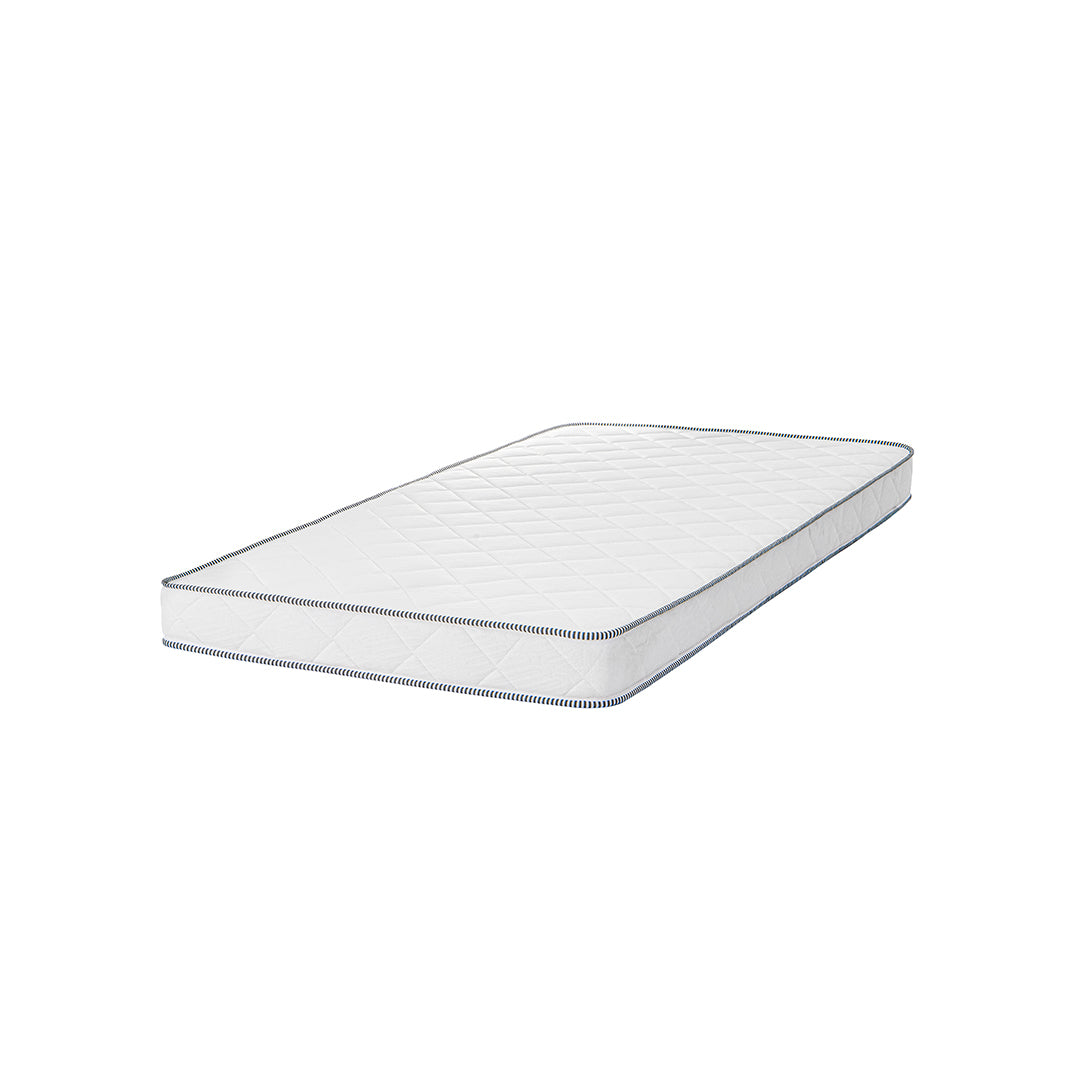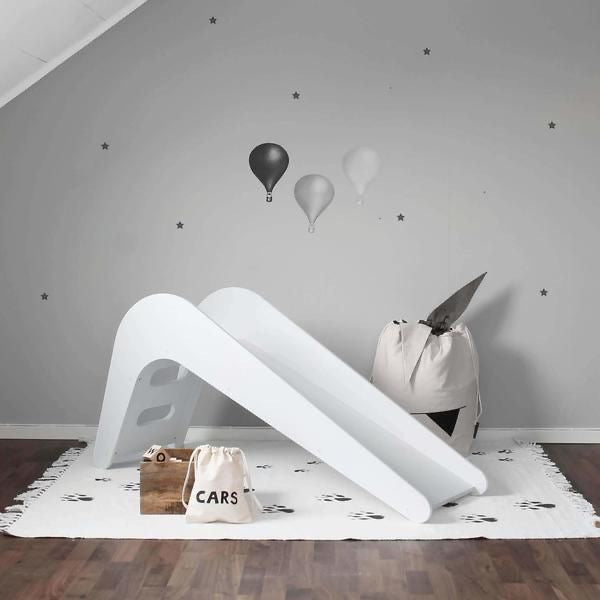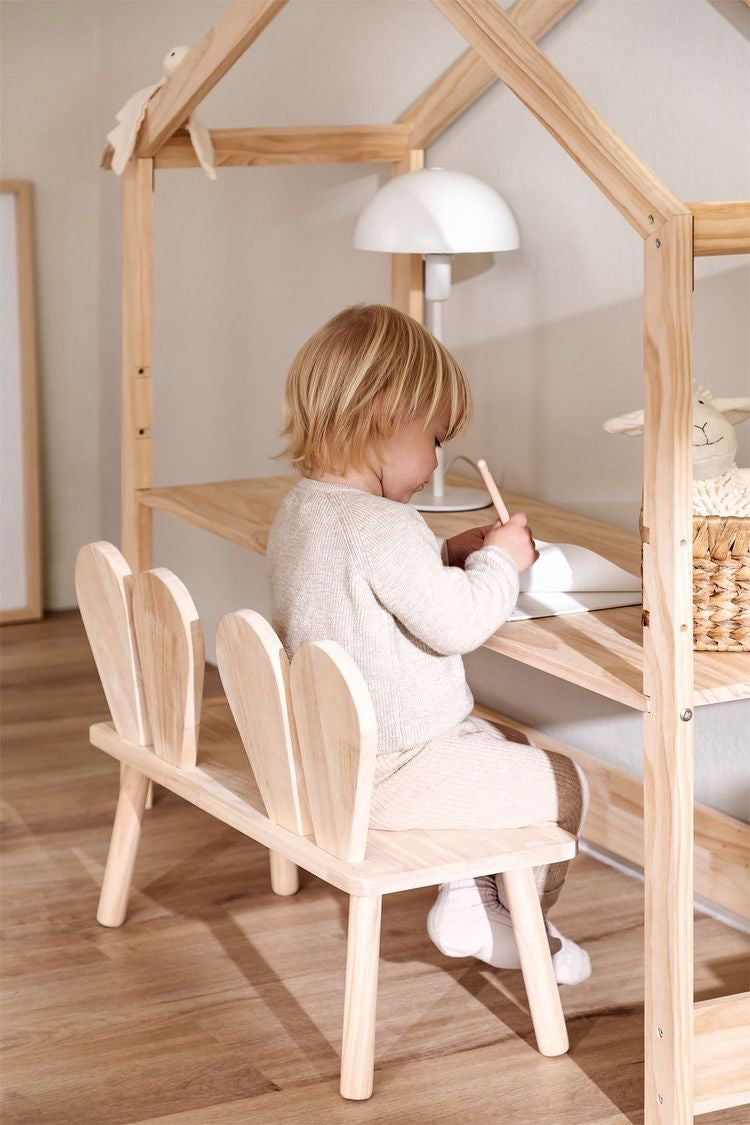Learning through Decor: Educational Elements for a Stimulating Environment
Here are our Five strategies for making your classroom lively:
Many educators use the beginning of the new academic year to review the arrangement and consider how to make their learning environment simulating and engaging without detracting from instruction.
The enthusiasm, conversations, state of mind, and focus of your pupils can all be affected by the well-thought-out layout of the classroom. So, we'll dissect it and examine the five essential kids' room decorating ideas to consider when preparing the learning environment during the forthcoming academic year.
1. Adaptability
The layout of schools reflects the shift instructors have taken throughout the past few years away towards a focused on-teacher paradigm. Nowadays, it seems a little dated to have columns of seats addressing the instructor; instead, many educators choose an adaptable learning arrangement that allows pupils to choose how they want to sit.
It is advisable to evaluate how your pupils are going to be functioning. For instance, the arrangement of the pupils across data tables is a beautiful method to encourage communication and cooperation if you would like people to devote much of their time to studying together. You can schedule furnishings to make sure there is room for pupils to stand upwards, exertion, and walk about sometimes. Studies have shown that mobility enhances memory.
Establishing separate areas or regions in the learning environment is a frequent strategy. For instance, you could set up an ottoman and recliner in a cosy reading nook. Another excellent choice for an informal area for pupils to talk is a couple of bean bag seats that you can buy from the kid's room decor UAE store. Next, a section may feature more established seating and desks that might have been set up in a U-shape for presentations or large tables for group work.
2. Illumination
In your learning environment, lights significantly impact how your kids perform, as shown by the kids' room decorating ideas. The most excellent illumination for aiding in concentration in kids is daylight. Remarkably, an examination discovered that after just one school year, pupils with the most incredible sunlight in their education advanced in arithmetic and reading 20% and 23% more quickly than those with the smallest amount of sunlight.
Therefore, maximizing the quantity of daylight that students receive is essential. For instance, place their chairs as close to those screens as possible and use the room's interior darkness for storage. While placing a reflection next to the glazing can make it bounce more effortlessly, dangling a reflector across from the classroom's panes can provide the impression of another window.
The type of illumination you've been employing is something else to think about. Experts in the Republic of Korea discovered that while daylight created an additional tranquil atmosphere for recess operations, cold, blueish-white illumination improved pupils' exam performance. You can buy these from the kid's room decor UAE store.
3. Coloration
Research on kids room decorating ideas has indicated that hues can significantly impact whether students act and react in various settings. Therefore, it's worthwhile to investigate how various hues impact people's feelings and conduct in multiple ways. For instance, the colour greens promote focused attention and concentration. Turquoise is a soothing hue that fosters productivity. Therefore, these hues may help rowdy seven-year-old students settle down and concentrate on their assignments if you've got them throughout the classroom.
Individuals are more attentive and invigorated when seeing different hues, such as bright orange and red. Thus, if you work with drowsy young people, incorporating this shade into the room's design could help kids focus and stand up straight! Alternatively, go with your preferred hue. Following all, you will frequently find yourself in the educational setting for the following ten months.
Additionally, subdued approaches remain to add colour to the school environment, regardless of whether you don't want to paint the whole thing. For instance, you may use green paper to support your educational exhibits should you want to employ a green design for the ground this school year. You might buy or scavenge an environmentally friendly carpet or come across an emerald spread to cover a couch or settee. By how skilled you've become at do-it-yourself projects, you might even paint a focal point wallpaper! These all are available at the kids' room decor UAE store.
4. Installations on walls
According to findings, a room without displays on the walls is stimulating, but having wall coverings can cause students to become distracted. Specialist researching kids' room decorating ideas and the connection connecting instructional design and achievement among pupils, Prof Michael Butler advises shielding as much as eighty per cent of the walls for quiet exhibits and as little as 50% of the surfaces for busy presentations.
However, who knows what ought to be hung on the walls? Even though it would be alluring to have the learning environment organized and picture-perfect on your initial day of classes, you might pass up a chance. By allowing the kids to choose what goes on inside the walls, you may foster an appreciation of civic duty by giving kids a sensation of power over their classroom. In addition, pupils contribute further and obtain a more significant stake in their education when they witness their creations exhibited in the educational setting.
In light of this, you should be able to finish your poster decorations in time for the first day of another academic year. Give you lots of space to arrange your pupils' works into exhibits. During the year's schooling, learners in higher education enjoy looking at what they've created up on the partitions.
5. The Natural World
Kids of every age profit greatly from using the environment in educational settings. It also has many advantages to integrate wildlife into the learning environment, regardless of how you educate in an urban setting. According to particular learning, for example, individuals around flowers tend to be warmer, compassionate, and helpful—all of which seem like the ideal components of a supportive learning environment!
Caring for and feeding plants can be an engaging assignment for pupils in the learning environment. For older children, seeing plants grow—for instance, by sprouting fresh foliage or expanding forward light—can help botanist topics come to life. Additional methods to include the environment inside the school are to use organic resources like wood benches or bookshelves and scattered bits such as pine needles, stones, rocks, etc.


